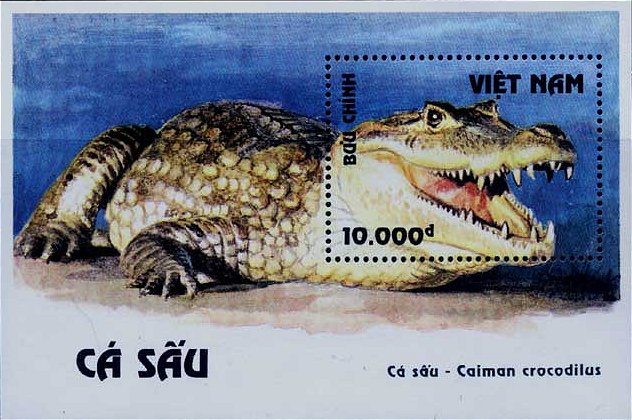Costa Rica’s iconic spectacled caiman, a cousin of the crocodile, is protected by thousands of acres of prime forest preserved in the Tortuguero Conservation Area. But recent research shows that these conservation efforts alone might not be enough to protect the species from damaging human impacts. Up in the headlands of the Rio Suerte, upstream from the coastal tropical forests where caimans make their homes, is prime banana plantation territory. Researchers from the University of British Columbia found high levels of pesticides in the blood of the caimans that live downstream, including chemicals that are known to act as endocrine disruptors. Bananas, ubiquitous in our grocery stores, are one of those few fruits and vegetables the “locally grown” craze has missed. We import them by the millions and expect them to be cheap and identical—a commodity fruit. But growing bananas to meet the global demand requires massive plantations that use lots and lots of pesticides.
The bananas we typically eat, the Cavendish variety, are seedless and produced by cutting techniques. That means that all the plants are very closely related, genetically, which creates an easy target for fungus and insects.
In the tropics, heavy rains frequently wash the pesticides off the crops, leading to increased spraying and high levels of pesticide contamination in the runoff that flows downstream. In the past twenty years, total pesticide use in Central America has doubled, according to figures cited by the researchers.
Source: Costarican Times, 21 Sept 2013
http://www.costaricantimes.com/costa-rican-crocodiles-not-safe-from-pes…

- Log in to post comments
